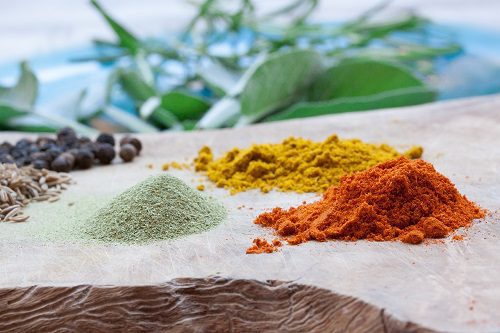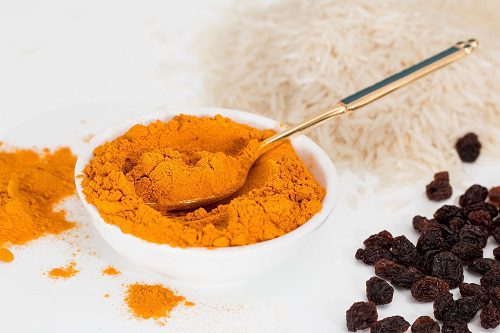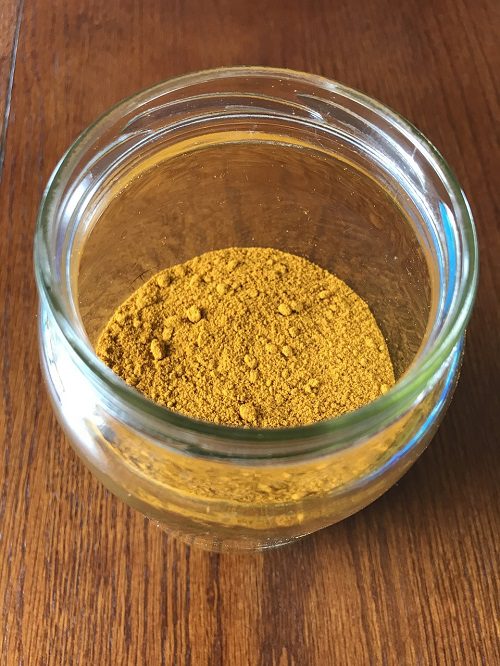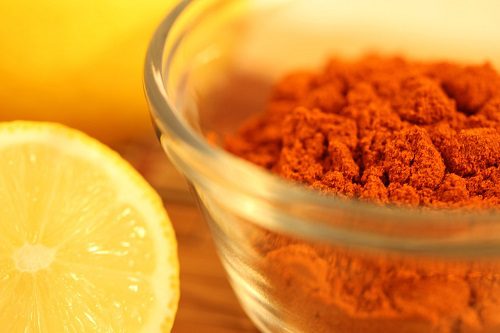Curry powder is a magical blend of spices that can turn a bland dish into a flavor explosion. If you’re anything like me, you’ve probably found yourself reaching for that trusty jar of curry powder more times than you can count. From the vibrant colors to the intoxicating aromas, curry powder has been a staple in kitchens around the world, mine included. But here’s the million-dollar question that has often crossed my mind: does curry powder go bad?
In this culinary journey, we’re going to dive deep into the world of curry powder, exploring its shelf life, signs of spoilage, and the secrets to keeping it as fresh as the day you bought it. So buckle up, my fellow flavor enthusiasts, as we embark on a spicy adventure to uncover the mysteries of curry powder storage!
The Shelf Life of Curry Powder
Before we get into the nitty-gritty, let’s talk about the lifespan of curry powder. Like any other spice, curry powder doesn’t last forever. In fact, its shelf life varies depending on whether it’s unopened or already in use. If you’ve got an unopened container of curry powder lying around, you’re looking at a shelf life of about 2 to 3 years. However, once you break that seal, the clock starts ticking, and you’ve got about 6 to 12 months before the flavors start to fade.
Now, let’s not forget the factors that can influence how long your curry powder remains a kitchen superstar. Packaging plays a crucial role here. If your curry powder comes in a well-sealed, airtight container, you’re in luck. The more airtight, the better it can withstand the passage of time. And speaking of time, let’s not leave your curry powder basking in the sun. Storing it in a cool, dark place away from heat and sunlight can significantly extend its lifespan.

Signs of Spoiled Curry Powder
Alright, let’s address the elephant in the spice rack – how do you know if your curry powder has gone from flavorful to funky? There are a few telltale signs you can rely on, and they involve your senses.
- Visual Cues: Take a look at your curry powder. If it has turned a shade darker than it used to be, it’s time to let it retire. Also, if you notice any clumps or moisture in the powder, that’s a definite red flag.
- Aromatic Indicators: Close your eyes and take a whiff. If the aroma is weak, musty, or just plain off, it’s time to say goodbye. Fresh curry powder should burst with a captivating fragrance that can instantly transport you to distant lands.
- Taste Test: Your taste buds don’t lie. If your curry powder has lost its punch and leaves a lackluster taste on your tongue, it’s past its prime. Remember, the whole point of curry powder is to add a burst of flavor to your dishes, and if it’s not delivering, it’s time to bid adieu.
Extending the Shelf Life
Now that we’ve covered the sad signs of spoilage, let’s talk about how to keep your curry powder dancing with flavor for as long as possible.
- Proper Storage Methods: It’s like finding the right home for your spices. Keep your curry powder in an airtight container to minimize its exposure to air. This prevents moisture from sneaking in and mucking up the mix.
- The Cool and Dark Rule: Remember, curry powder loves a cool, dark place. Heat and light can zap its vitality faster than you can say “tandoori.”
Storage Containers
Alright, let’s talk containers. Not all jars are created equal, my friends.
- Glass Jars: These see-through beauties might look charming, but they’re not the best option for storing curry powder. Light can penetrate the glass, and that’s not something your curry powder will thank you for.
- Airtight Containers: Now we’re talking. Airtight containers keep out the enemy: air. They’re a fantastic choice for preserving the freshness of your curry powder.
- Vacuum-Sealed Bags: These futuristic bags suck out the air, leaving your curry powder in an oxygen-free environment. They’re great for long-term storage, but make sure you’re comfortable with the extra step of resealing after each use.

Avoiding Moisture and Contamination
Let’s play a little game called “Keep the Curry Powder Dry.” Moisture is like kryptonite for your curry powder, so it’s time to suit up and fight the good fight.
- Say Hello to Silica Gel Packets: You know those little packets that come with new shoes? They’re not just for show. Toss a few of these moisture-absorbing wonders into your curry powder container to keep things dry.
- Rice to the Rescue: No, we’re not making rice curry (although that doesn’t sound half bad). Adding a few grains of rice to your curry powder container can help absorb any lurking moisture.
Freezing Curry Powder
Now, if you find yourself with more curry powder than you can handle (a good problem to have, in my opinion), you might wonder if freezing is an option. The answer is a cautious yes.
- The Freezing Process: Transfer your curry powder into an airtight container or a vacuum-sealed bag, making sure to squeeze out as much air as possible. Pop it in the freezer, and you’re good to go.
- The Thawing Ritual: When you’re ready to unleash that curry magic, take the container out of the freezer and let it come to room temperature. Avoid opening the container until it’s fully thawed to prevent condensation from sneaking in.
Reviving the Flavor of Old Curry Powder
So you’ve found a forgotten container of curry powder at the back of your spice cabinet. Before you consider giving it a eulogy, let’s see if we can bring it back to life.
- The Toasting Trick: Heat a dry skillet over medium heat and add your curry powder. Toast it gently, stirring frequently, until the aroma reawakens. Just be careful not to burn it!
- The Dry-Roasting Dance: This is like a spa day for your curry powder. Spread it on a baking sheet and pop it into an oven preheated to 350°F (175°C) for about 5-10 minutes. Remember, you’re looking for a renewed fragrance, not a charred mess.

DIY Curry Powder
Feeling adventurous? Why not try making your own curry powder for an explosion of flavors that’ll blow store-bought options out of the water?
Ingredients:
- 2 tablespoons ground coriander
- 2 tablespoons ground cumin
- 1 tablespoon ground turmeric
- 1 tablespoon ground cardamom
- 1 teaspoon ground cinnamon
- 1/2 teaspoon cayenne pepper (adjust to taste)
- 1/2 teaspoon ground cloves
Instructions:
- Mix all the spices together in a bowl.
- Store your homemade curry powder in an airtight container, away from light and heat.
Wrapping Up
And there you have it – a comprehensive guide to curry powder shelf life and storage. Whether you’re a seasoned curry aficionado or just starting to explore the world of spices, keeping your curry powder fresh and vibrant is essential. From proper storage methods to reviving the flavors of old curry powder, we’ve covered it all. So, the next time you reach for that trusty jar, remember to give it a quick inspection, a gentle whiff, and a taste test. Your taste buds will thank you, and your dishes will sing with the symphony of well-preserved spices. Happy cooking, fellow flavor explorers!

